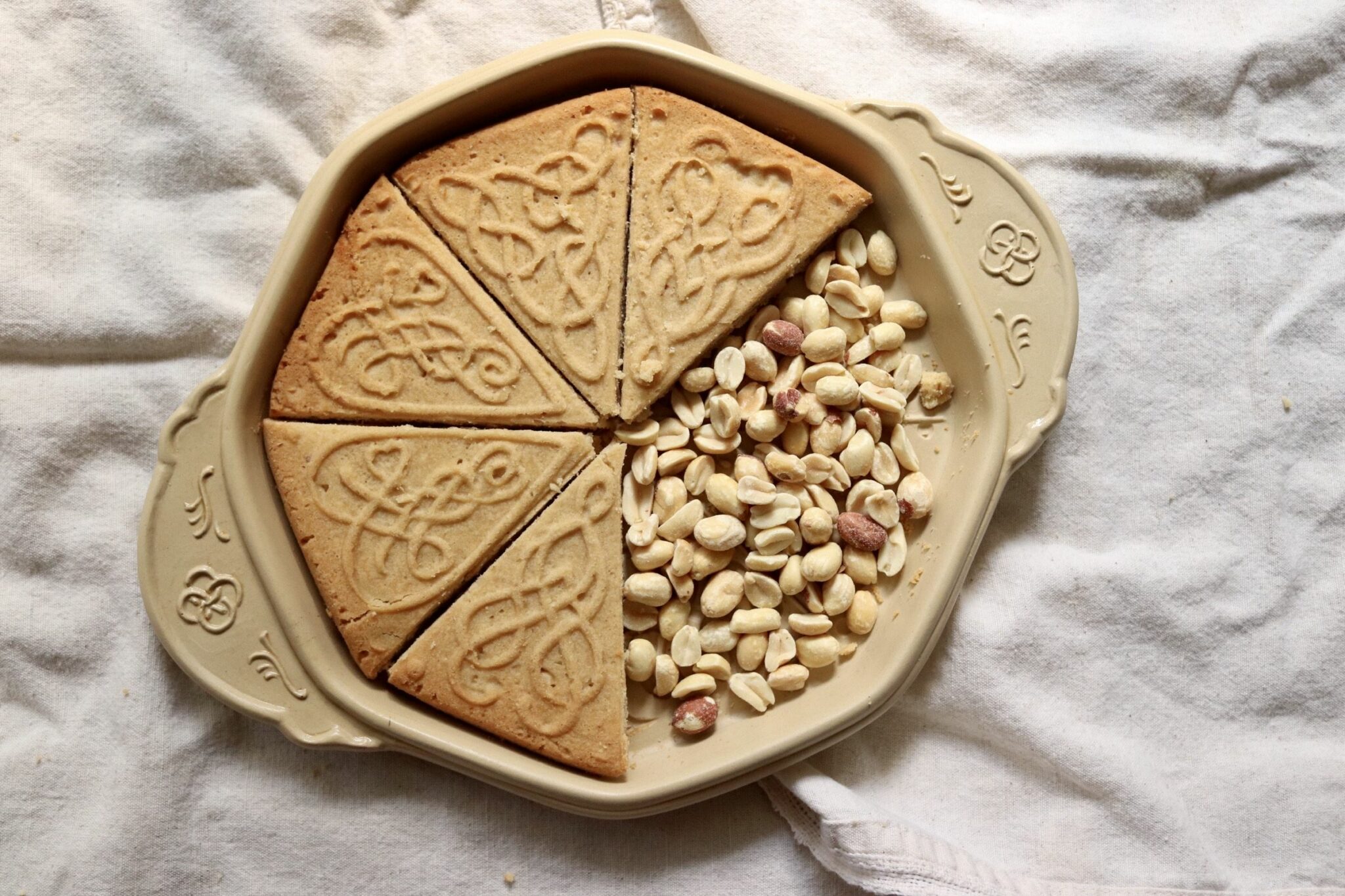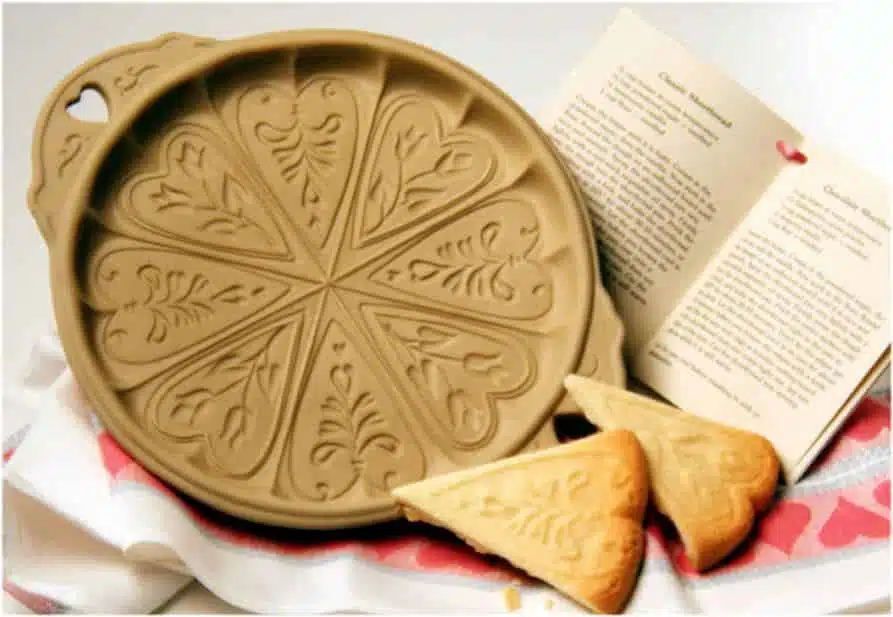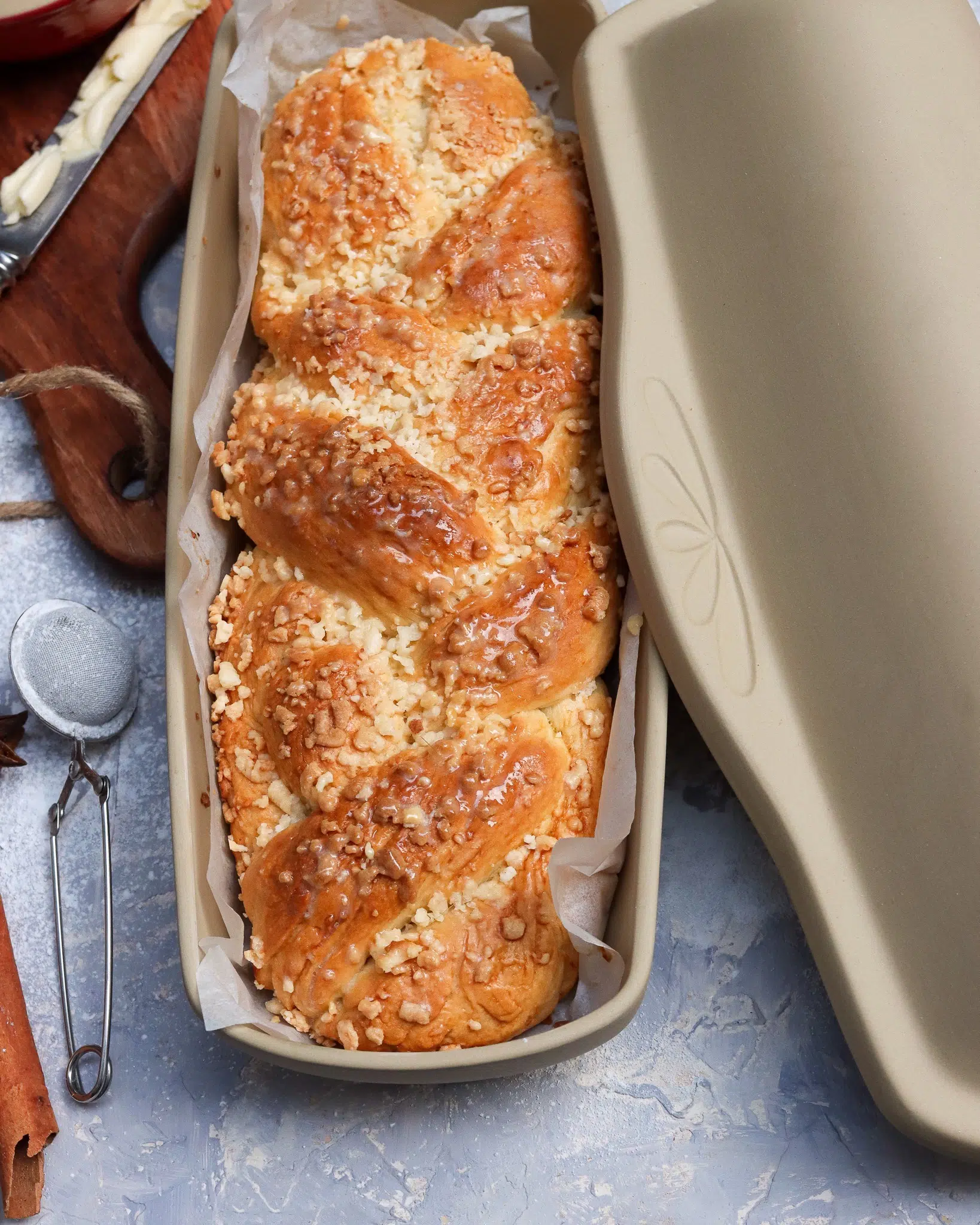
Summertime Peanut Shortbread
Print Guest Post from Lucy Natkiel of Brown Bag Designs. Creator of Brown Bag Shortbread Pans and Cookie Molds. I’m retired. I keep telling people that. But the information seems to bounce right off of several shortbread aficionados I know. Particularly my friend Rox. “I





